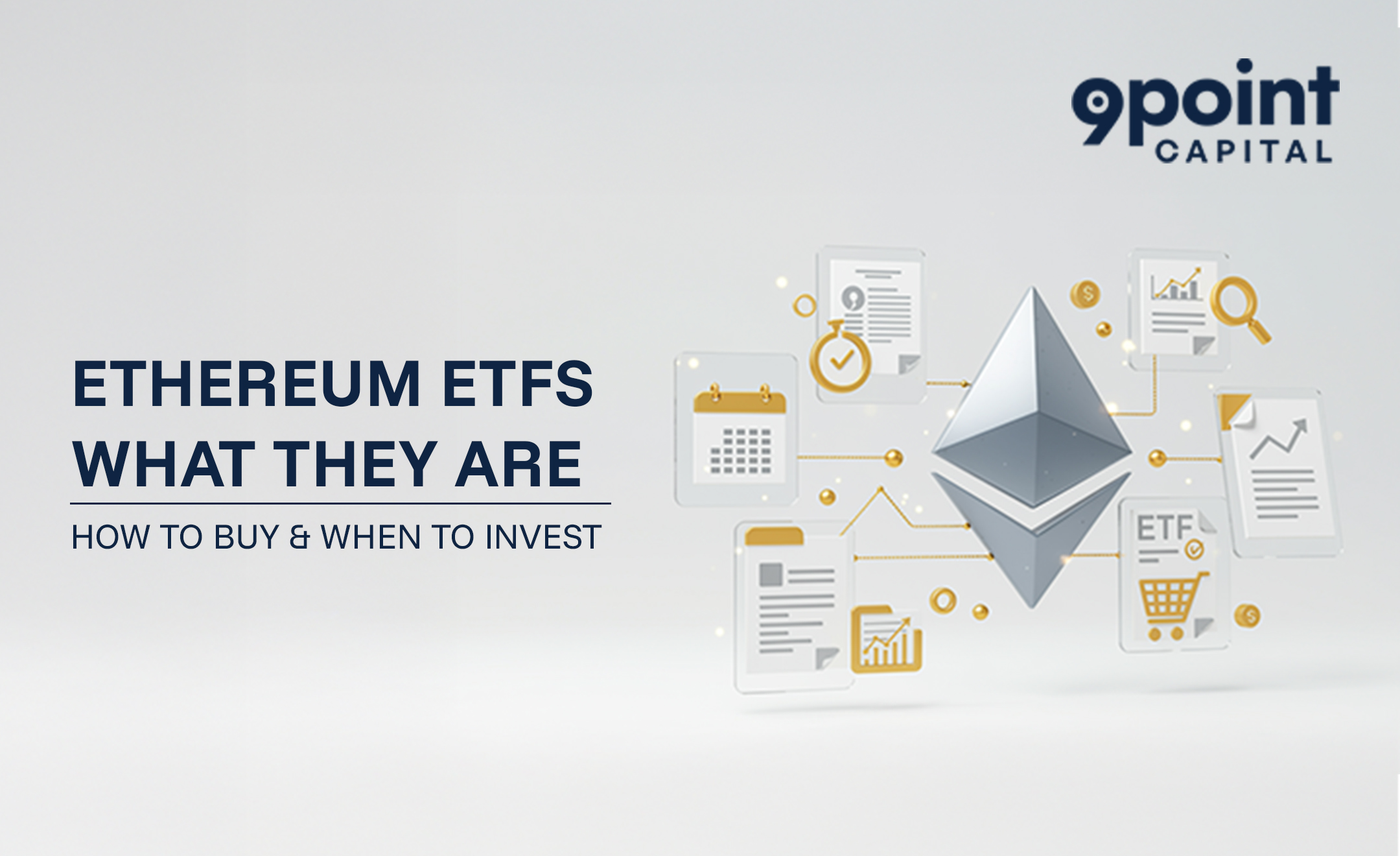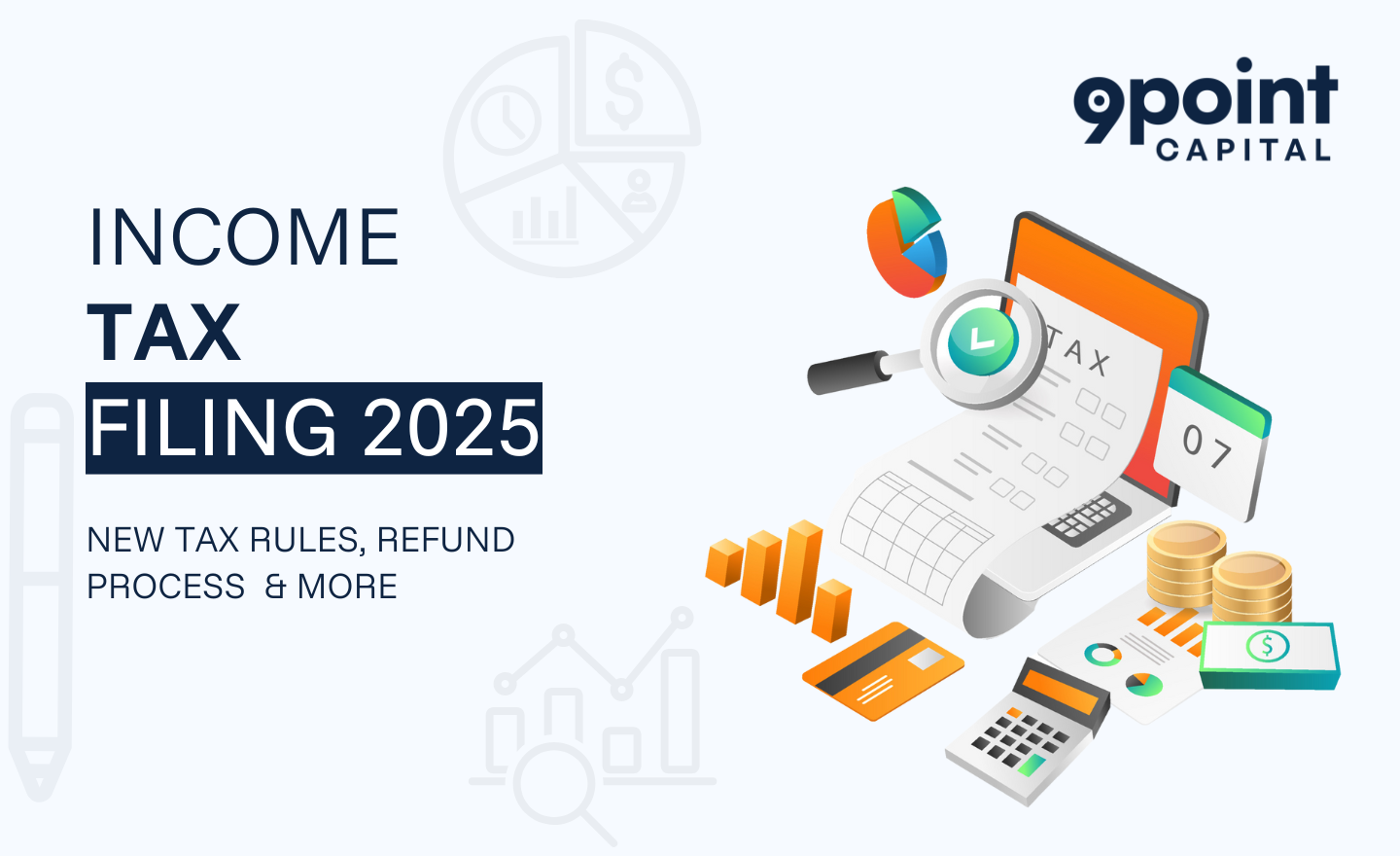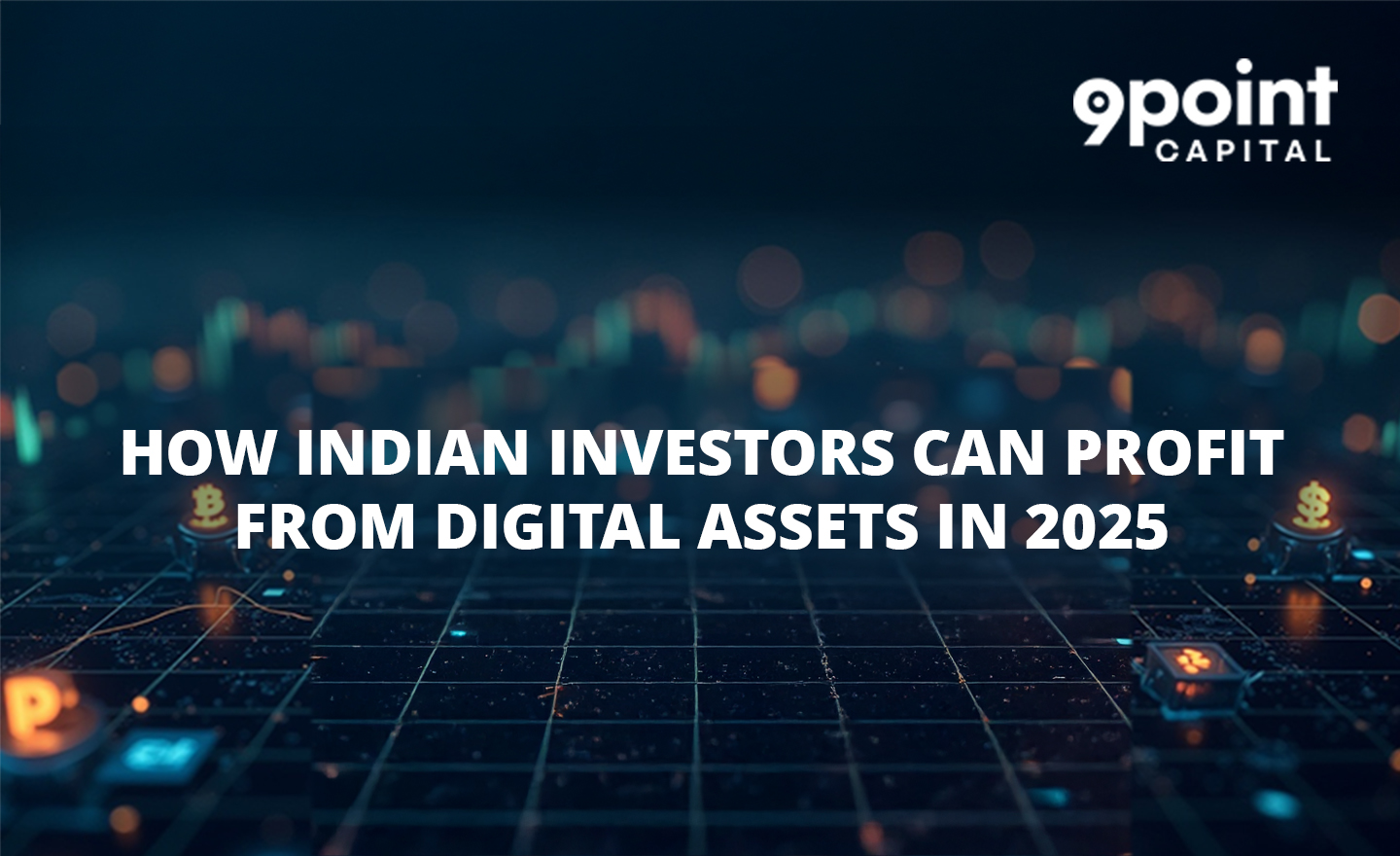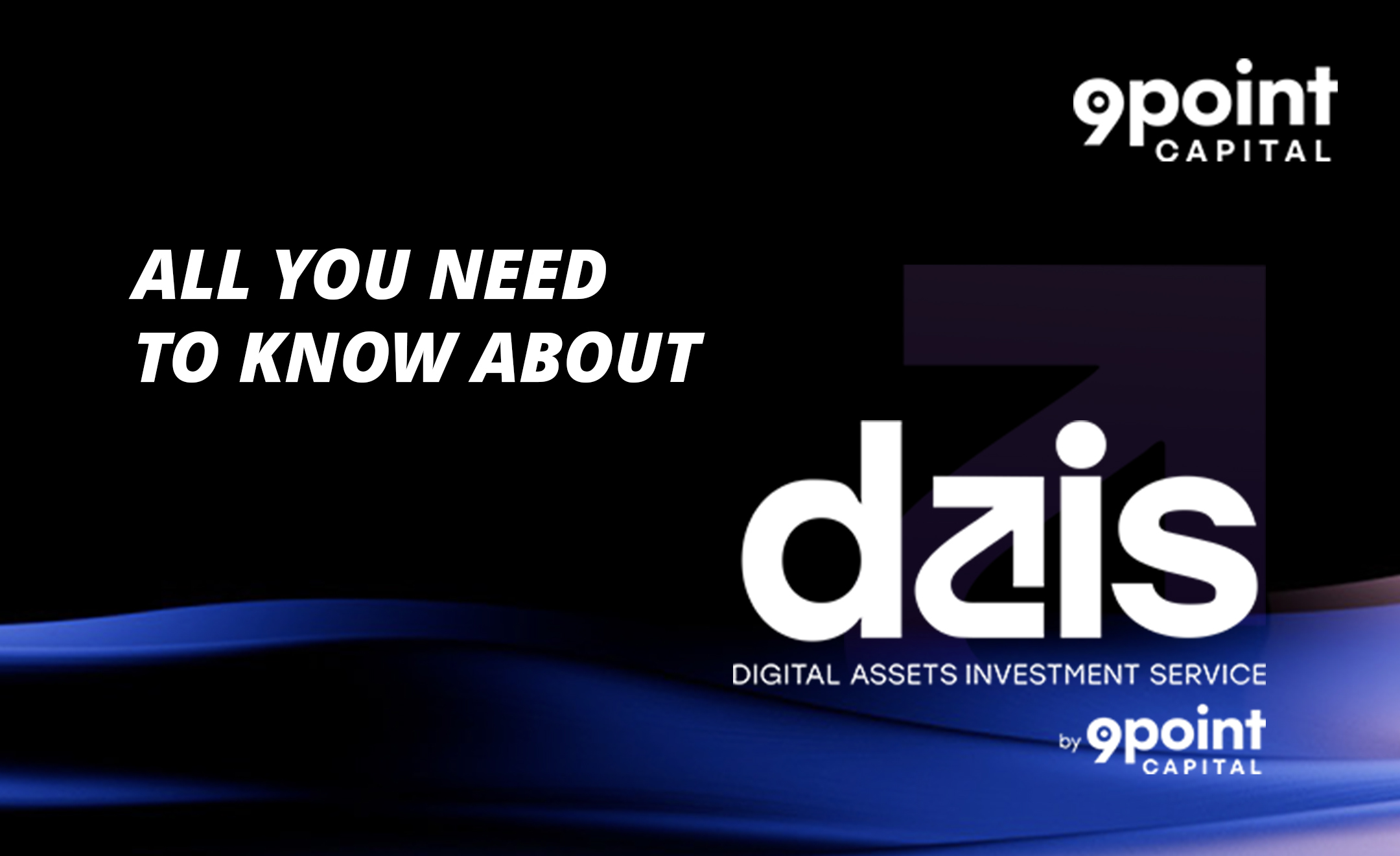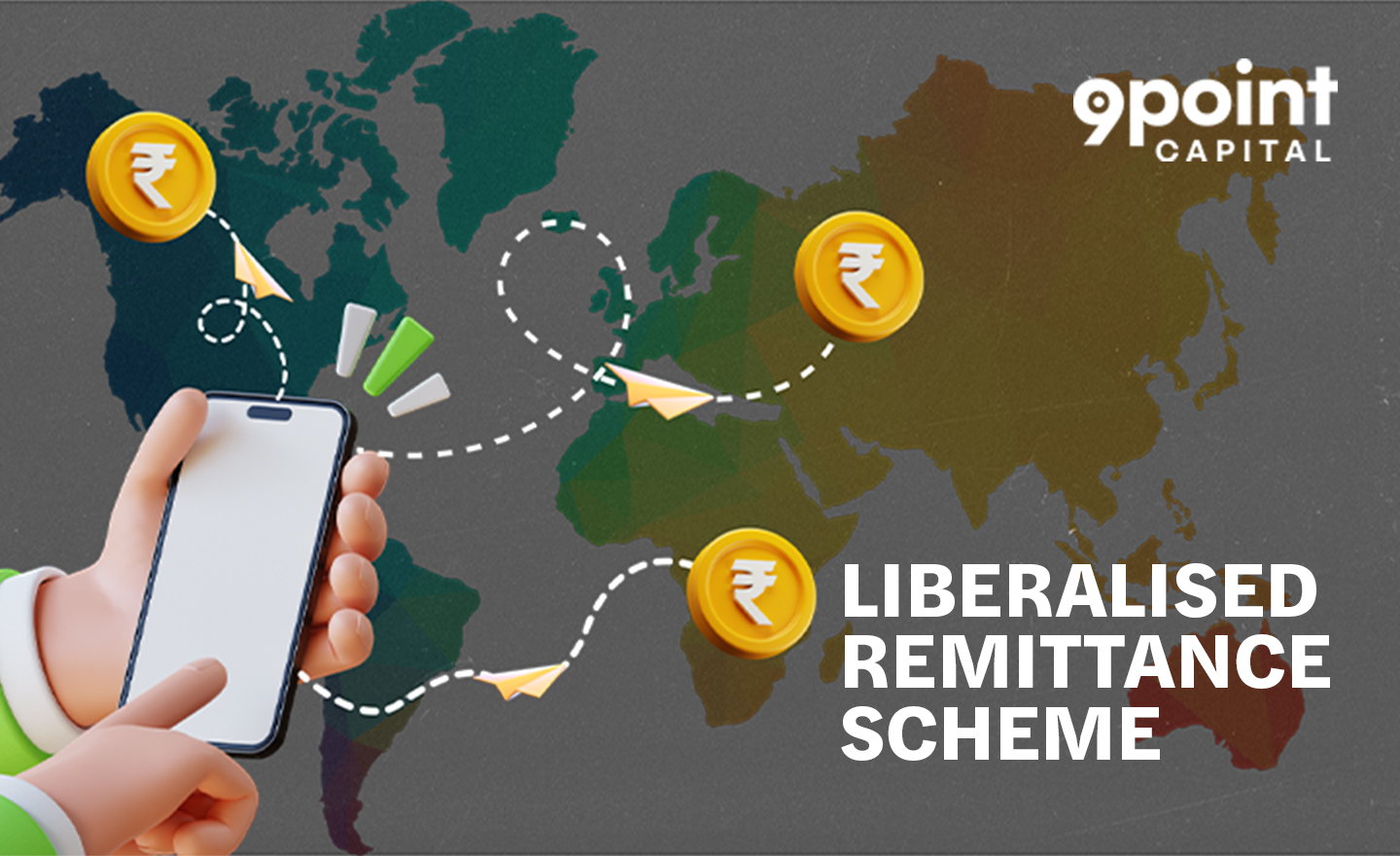If you’re new to the concept or looking to deepen your understanding, this guide covers everything you need to know about blockchain, its core principles, practical applications and how to participate in the evolving ecosystem, including Web3 investments and Crypto ETFs.
What Is Blockchain Technology?
Blockchain technology is a distributed, decentralized ledger system that keeps track of transactions on several different computers. Without relying on a central authority, it guarantees data security, openness and integrity.
Blockchain is fundamentally a chain of blocks, each of which has a list of transactions. These blocks are appended to the chain in a chronological, linear order after being validated by a network of computers (nodes). A block’s data is immutable, which means that once it is inserted, it cannot be changed without agreement.
Blockchain Fundamentals
To understand blockchain technology, it helps to grasp a few basic concepts:
- Decentralization: No single entity controls the blockchain.
- Transparency: Every transaction is visible on the ledger.
- Immutability: Once data is recorded, it cannot be changed.
- Consensus Mechanisms: Protocols like Proof of Work (PoW) or Proof of Stake (PoS) validate transactions.
These principles ensure a trustworthy system, which is the foundation of most cryptocurrencies and Web3 technologies.
Blockchain Technology Explained Through Real-World Use Cases
- Financial Services: Blockchain powers cryptocurrencies and Crypto ETFs, enabling faster, cheaper and more secure transactions.
- Supply Chain Management: Every stage of a product’s journey can be tracked, enhancing transparency.
- Healthcare: Secure patient data sharing while ensuring privacy.
- Digital Identity: Self-sovereign identities give users control over their data.
- Web3 Technology: Decentralized applications (dApps), NFTs and DeFi platforms all run on blockchain.
Web3 Technology and Blockchain: The Future of the Internet
Web3 represents the next phase of the internet, an evolution from centralized platforms to decentralized ecosystems.
Blockchain technology is the underlying infrastructure that enables Web3. Instead of relying on centralized servers, Web3 apps run on blockchains and smart contracts, allowing users to own their data and digital assets.
Web3 is already disrupting:
- Social media
- Gaming
- Content creation
- Decentralized finance (DeFi)
Forward-looking investment firms like 9Point Capital are helping sophisticated investors gain early exposure to Web3 through thoughtfully curated portfolios and access to global markets.
Investing in Blockchain: How to Invest in Crypto ETFs
If you’re looking to gain exposure to blockchain without directly owning cryptocurrency, Crypto ETFs are a smart entry point.
What Are Crypto ETFs?
Crypto ETFs are exchange-traded funds that follow the value of digital assets or businesses that are at the forefront of blockchain technology. These regulated investment vehicles provide:
- Diversification
- Liquidity
- Simplicity
- Institutional-grade custody
How to Invest in Crypto ETFs
- Choose a regulated broker or platform (like those operating in GIFT City or U.S. markets).
- Assess the ETF’s holdings: direct cryptocurrency exposure vs. blockchain-related equities.
- Understand the fee structure and regulatory framework.
- Monitor market trends and rebalance periodically.
Firms like 9Point Capital offer seamless access to regulated digital asset portfolios, combining the security of traditional finance with the potential of blockchain-based investments.
Why Blockchain Technology Matters in 2025 and Beyond
- It enables financial inclusion in unbanked regions.
- It offers borderless transactions in real-time.
- It supports regulatory compliance and auditability.
- It underpins tokenized assets, stablecoins and digital identity systems.
As institutions adopt blockchain technology, it’s clear that it’s here to stay. Governments are experimenting with Central Bank Digital Currencies (CBDCs) and enterprises are embedding blockchain in backend systems.
Final Thoughts
Understanding blockchain technology in 2025 will be as important as understanding the internet in the early 2000s. It’s not just about cryptocurrency; it’s about a new way to build trust in a digital-first world.
If you’re an investor exploring how to invest in crypto ETFs, a technologist diving into blockchain fundamentals or simply curious about Web3 technology, the time to engage with blockchain is now.
Stay informed. Stay empowered. Stay Invested!




